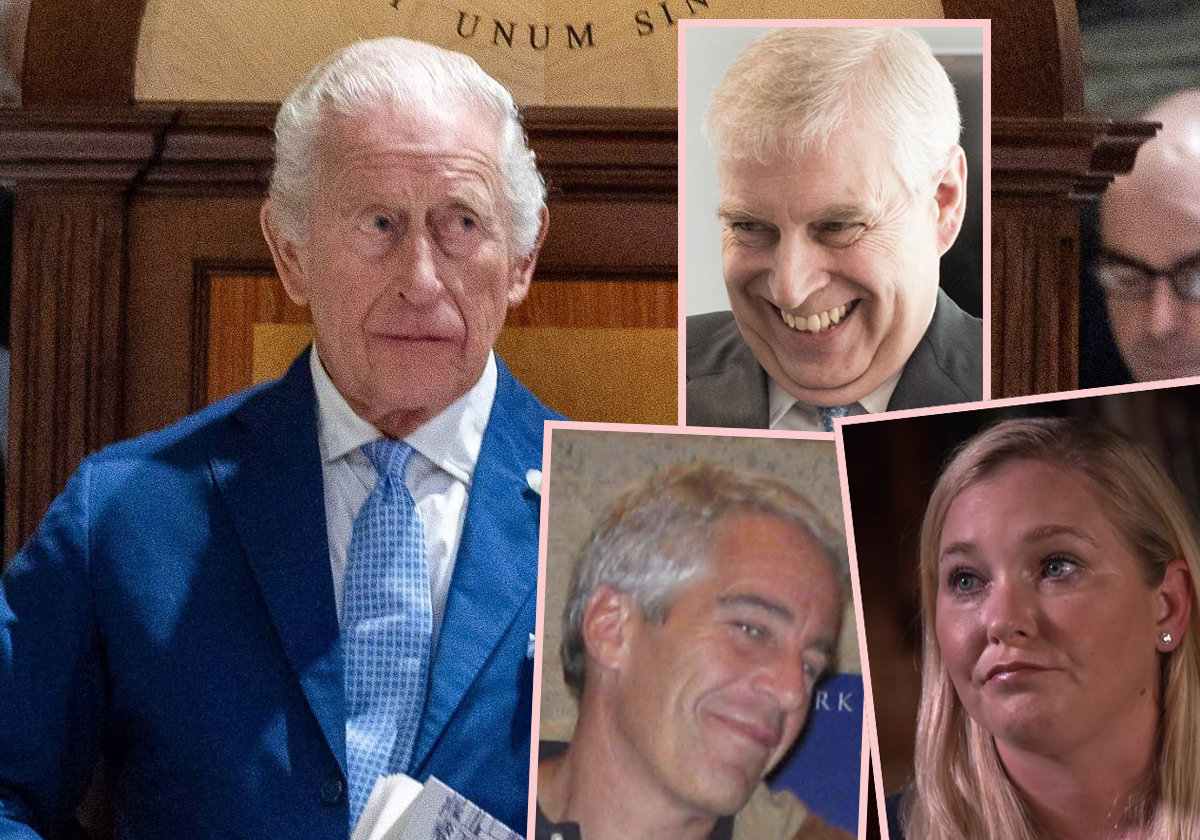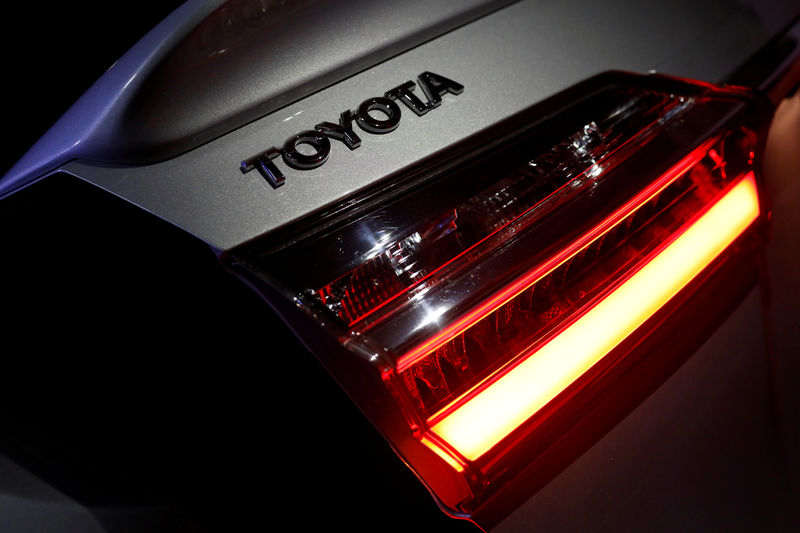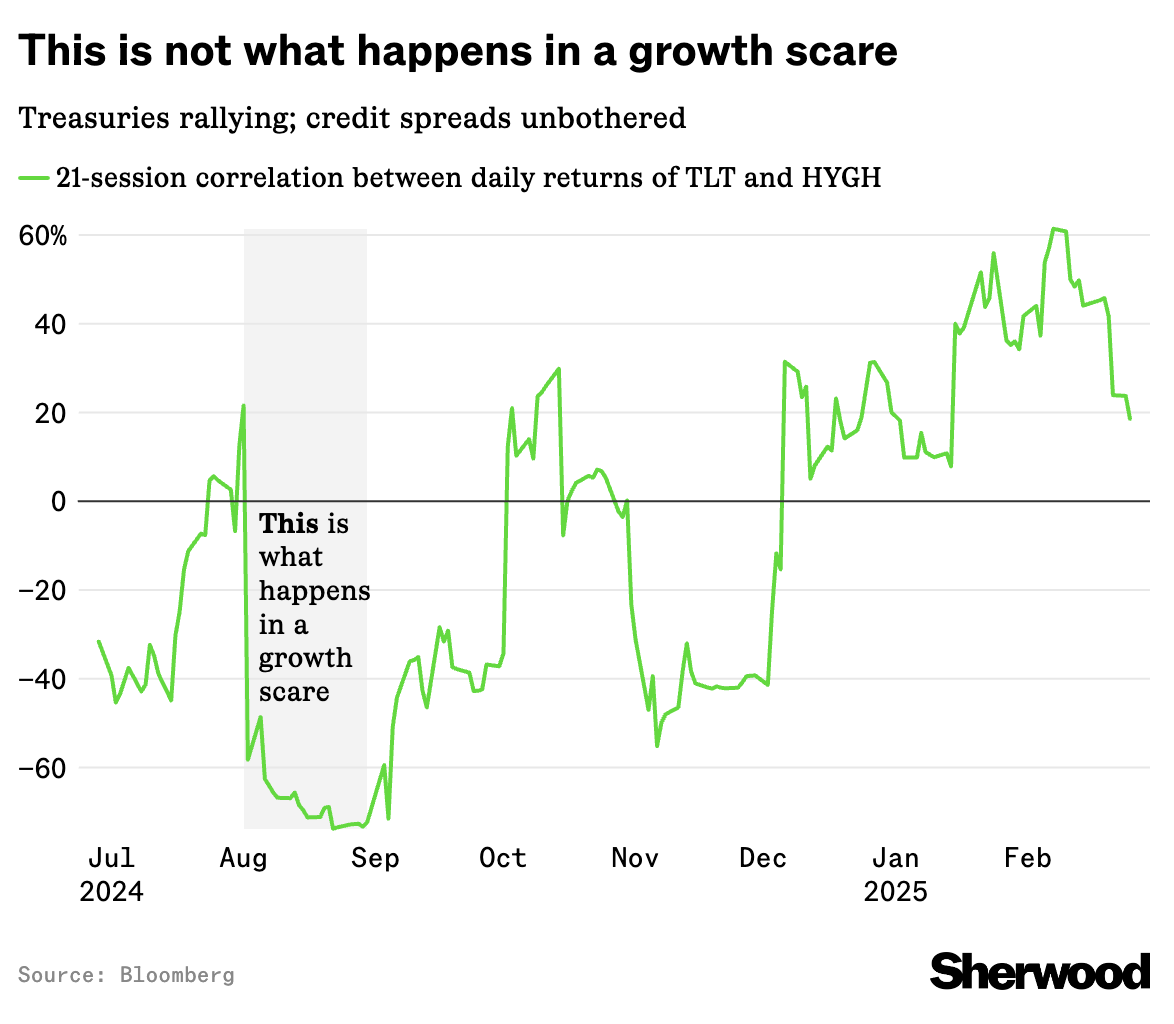Only the living care about the cost of revenge.
John Woo may not be a big name for current filmgoing audiences — and to be fair, it’s been twenty years since his last wide theatrical release in the U.S. — but action fans know that he’s the real deal and an absolute legend. The Killer (1989), Bullet in the Head (1990), Hard Boiled (1992), Hard Target (1993), Face/Off (1997), Mission: Impossible II (2000). Any action filmmaker would love to have even one of those classics on their resume, but they’re all Woo. After two decades and six films back in his native China, Woo has finally returned to the U.S. with a new movie. Silent Night can’t touch Woo’s all-timers, but it’s still an entertaining, action heavy ride with some surprising heart. It’s also almost entirely devoid of dialogue.
A young couple and their even younger son are celebrating the Christmas holiday in their small Los Angeles yard when a pair of cars roar past, guns blazing at each other as part of some ongoing turf war between gangs. A stray bullet strikes and instantly kills the boy, and when his dad takes off on foot in a rage-filled, shock-fueled pursuit, he lands a bullet in his throat for the effort. Brian (Joel Kinnaman) survives the shooting, but he loses the ability to speak. The days and weeks pass, depression sets in, and soon not even his wife Saya (Catalina Sandino Moreno) can see a way through that involves them staying together. An idea lands, a need for vengeance, and Brian trades the booze for a plan. Cue a thirty minute training montage — exercise, knife fighting, shooting, driving — and Christmas Day will once again see bullets flying and bodies falling.
With Brian unable to speak, Silent Night carries that idea across the rest of the characters for the most part leaving only a handful of brief, soft-spoken words from others throughout the entire film. It’s ultimately and undeniably a gimmick, but Woo and writer Robert Archer Lynn use it to highlight how universally understood the ideas of loss, grief, and vengeance truly are, especially when it comes to action films. Turns out dialogue is unnecessary with a genre tale this direct (and arguably familiar, see 2018’s unfairly maligned Peppermint), and while the lack of talking doesn’t really add to things it also never really hurts the film either.
Silence be damned, though, the big question for fans and potential viewers will be in regard to the film’s action — how is Woo’s execution of explosive action and gun play twenty years after his last American film and six years after his last movie (2017’s underseen and wildly ridiculous Manhunt)? It’s pretty good! Budget plays a part, as evidenced by cg blood and an iffy cg car crash early on, so don’t expect much in the way of elaborate set-pieces, wickedly cool beats, or slow-motion carnage. That said, it’s still noticeably better than most Hollywood efforts these days and delivers gritty brawls, numerous shootouts, and some stylish glimpses here and there. Woo gives the action a visceral feel starting with an early fight after Brian’s attempted interrogation of a gangbanger goes awry and continuing on to the ending.
The big bad, a mean fella named Playa (Harold Torres) with tattooed markings across his face and scalp, is headquartered in a highrise, and it’s there where the film finds its third-act showdown. Silent Night takes minor inspiration from the likes of The Raid (2011) and The Princess (2022) on that front — one single-take sees Woo and cinematographer Sharone Meir lower us down a tall stairwell only to then follow Brian up again as he squares off against gangsters on each floor. Playa’s pad gets the bulk of the film’s production design budget ensuring the final set-pieces feature some elaborate lighting and energetic shots.
Woo’s filmography isn’t exactly built on logic or a need for things to make sense, and Silent Night continues that trend. Quite a few beats leave the film open finger pointing and head-tilts, but only one seems particularly troublesome, if only in a begrudgingly minor way. Given the way Brian’s son is killed, the victim of a stray bullet, you’d expect some consideration from the man on that count. But no, Brian’s quest for revenge sees him almost immediately trading paint and lead with bad guys as he fires off numerous shots from behind the wheel of his muscular Ford Mustang while racing through clearly populated neighborhoods. This isn’t the film to wonder if any of those stray bullets left death and destruction in their wake, but you’ll be wondering all the same.
The police are essentially useless here, a staple of the revenge subgenre, but Brian does leave a mark on one detective after dropping off all the evidence he’s accrued on the gang’s activities. Det. Vassell (Scott Mescudi) returns later on allowing a brief Woo trademark as two “good” guys square off before joining forces, and like the other supporting players, Mescudi does good work ensuring both intentions and emotions are conveyed without dialogue. Again, moviegoers know the beats, and the lack of conversations never threaten to muddy their understanding of the film’s narrative drive.
To that point, Marco Beltrami‘s score works beautifully to aid that drive with alternating stretches of propulsion and grace ensuring that Silent Night always feels like it’s on the move. The film makes its goals clear, accomplishes them, and then goes home. It’s as simple as that. Those demanding balletic set-pieces and doves might be disappointed — although Woo does give us a small parrot early on — but scale back those expectations and you’ll find a familiar but satisfying tale of revenge that delivers thrills, catharsis, and an ending that’ll have some of you getting a bit misty. But no, I’m still not entirely sold on Woo remaking his own classic film The Killer as a Peacock Original…
Related Topics: Action, John Woo, Silent Night
Recommended Reading
















